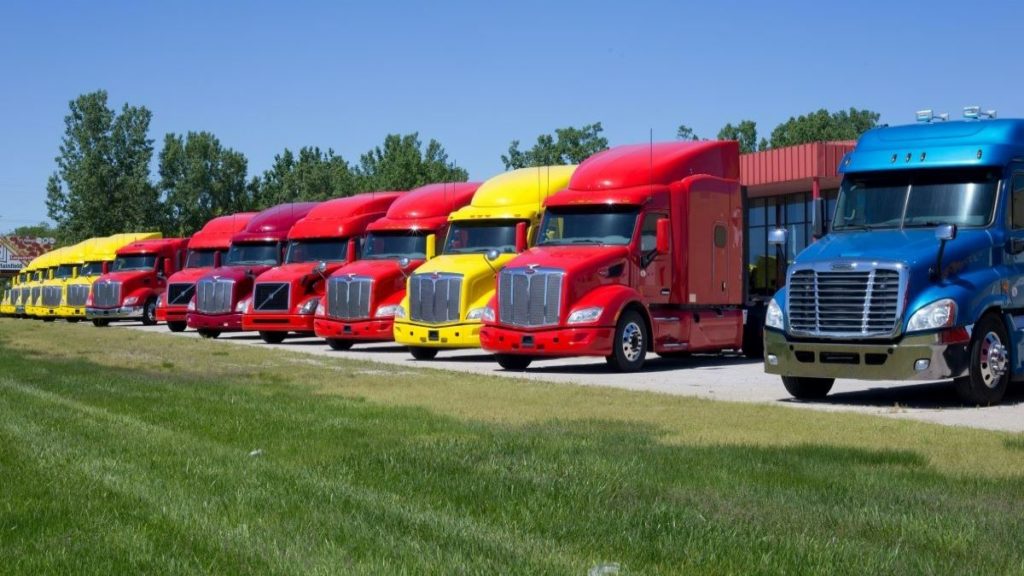Featured image by Dale Staton on Unsplash
Typically, the bulk of a transportation company’s staff is already technically remote. Whether your business is over-the-road trucking or more suited toward a residential business model, chances are the biggest branch of your transportation company is your drivers, and they work in the field.
However, in today’s climate the need for remote office and support staff is quickly trending. Many businesses are dropping the traditional office style setting in favor of a virtual team. Now is the time to consider how you can transition your business to fit this structure as well.
Utilize Fleet Management Software
The quick solution to this issue is to implement new technology to support remote work tasks. This solution has layers, though. Moreover, each layer is likely hinged on an existing concern or process your transportation company is already executing.
So first determine what your staff will require so they can utilize this software remotely. For example, they will likely need computers, video conferencing tools, printers, and so on. Next, identify the areas you can best address and optimize through this transition into new technology. Opting for a fleet safety management system such as CameraMatics can effectively minimize risk through the integration of connected cameras, compliance measures, AI technology, and telematics.
Safety is likely at the top of your list and for good reason. Fleet management software can give you more control over fleet safety as you transition into a remote setting. The biggest way this will improve safety is visibility. Additionally, a common feature with many top software programs is installing dash cameras in each of your transportation company’s vehicles.
You can review a guide on the different types of dash cams for trucks. This will help you to determine which model best supports your specific needs and goals. Some benefits you can expect to experience with these cameras are increased visibility, more liability accountability, and lower collision costs.
Giving your dispatching and management teams the chance to remotely monitor each vehicle in the fleet is the virtual version of putting a manager in the passenger seat of every vehicle. Won’t that be nice?
Create Consistency Throughout Your Transportation Company
As businesses transition to remote operations models, there are some interpersonal matters to consider also. It is essential that, although team members will not be physically present in your office, you continue to foster and nurture the team approach. Creating consistency for your staff and prioritizing a smooth transition is going to yield the best results. Simultaneously, it will bridge the gap between how things always were and how they will now be.
RELATED ARTICLE: HOW TO IMPROVE REMOTE WORKING FOR YOUR EMPLOYEES
Encouraging communication across all departments in your transportation company is going to be something to stay vigilant about as a business owner. No doubt there will be things lost between team members in terms of communication. After all, historically they could just pop over to someone else’s cube to deliver a message. Now they will not have those opportunities.
One of the best ways to overcome such difficulties is by implementing things like staff roundtables, virtual team meetings, and scheduled time between superiors and their direct reports.
Let your office staff know that even though they are now working independently from the rest of the team physically, the communal environment is still there. Make sure everyone on staff knows that even remotely, your transportation company’s open-door policy still applies.
RELATED ARTICLE: 3 MODERN TOOLS FOR MANAGING REMOTE WORKERS
